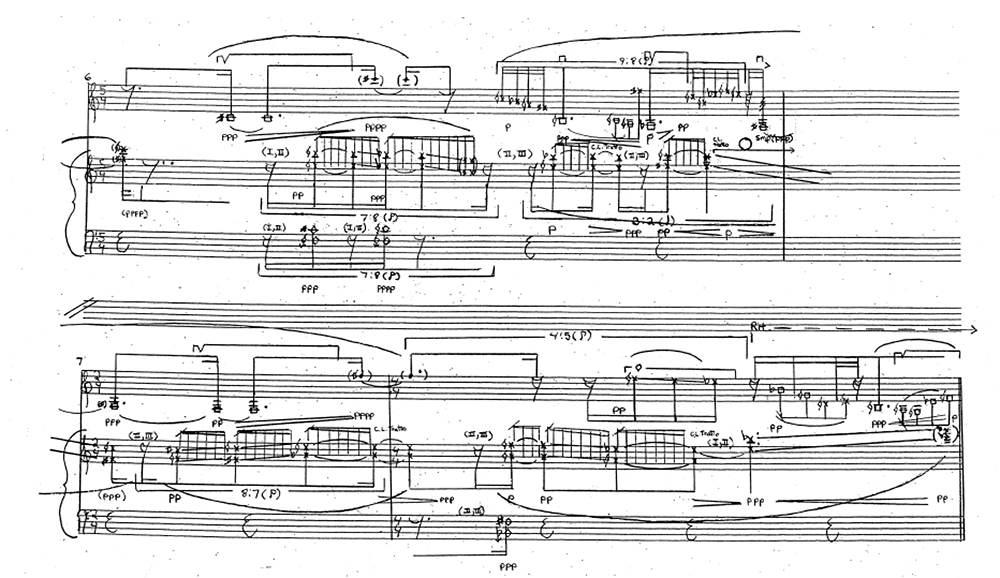Title: Canon
Instrumentation: Clarinet and violoncello
Duration: approx. 10 minutes
Year: 2001
Premiere: UCSD, San Diego 2001
Performers: Anthony Burr and Charles Curtis
Why compose canons today? J. S. Bach once described canons as the source from which all kinds of musical works flow. The secret of canonic writing lies in inscribing ciphers, riddles and hidden codes that point to the inner logic of the composition as paradoxical: imminently self-referential yet at the same time requiring a leap outside of itself in order to be solved. Such a leap, in my view, can open the tautological structure of the canon toward the larger world order. Canons are close to how Paul Celan describes poetry: “A poem…may be a letter in a bottle thrown out to sea with the—not always strong—hope that it may somehow wash up somewhere, perhaps on a shoreline of the heart. In this way, too, poems are en route: they are headed toward. Toward what? Toward something open, inhabitable, an approachable you, perhaps, an approachable reality.”
In my duet Canon, a sound world emerges from the debris of traditional playing techniques on the clarinet and cello: wood bouncing, hair rubbing, metal-keys clicking and breathing. These remnant sounds – organized by rigorous and precise canonic relationships – gradually evolve as material substance through the visceral and expressive play between clarinet and cello that makes palpable this sound world’s logic. The work’s subtitle is Quaerendo Invenietes (“Seek and ye shall find”), a reference to Bach’s Musical Offering, by which the material substance of this work, as debris, evolves into form through searching for an awareness of its own conditioning.
Link: www.wisemusicclassical.com/work/69084/Canon–Ming-Tsao/


